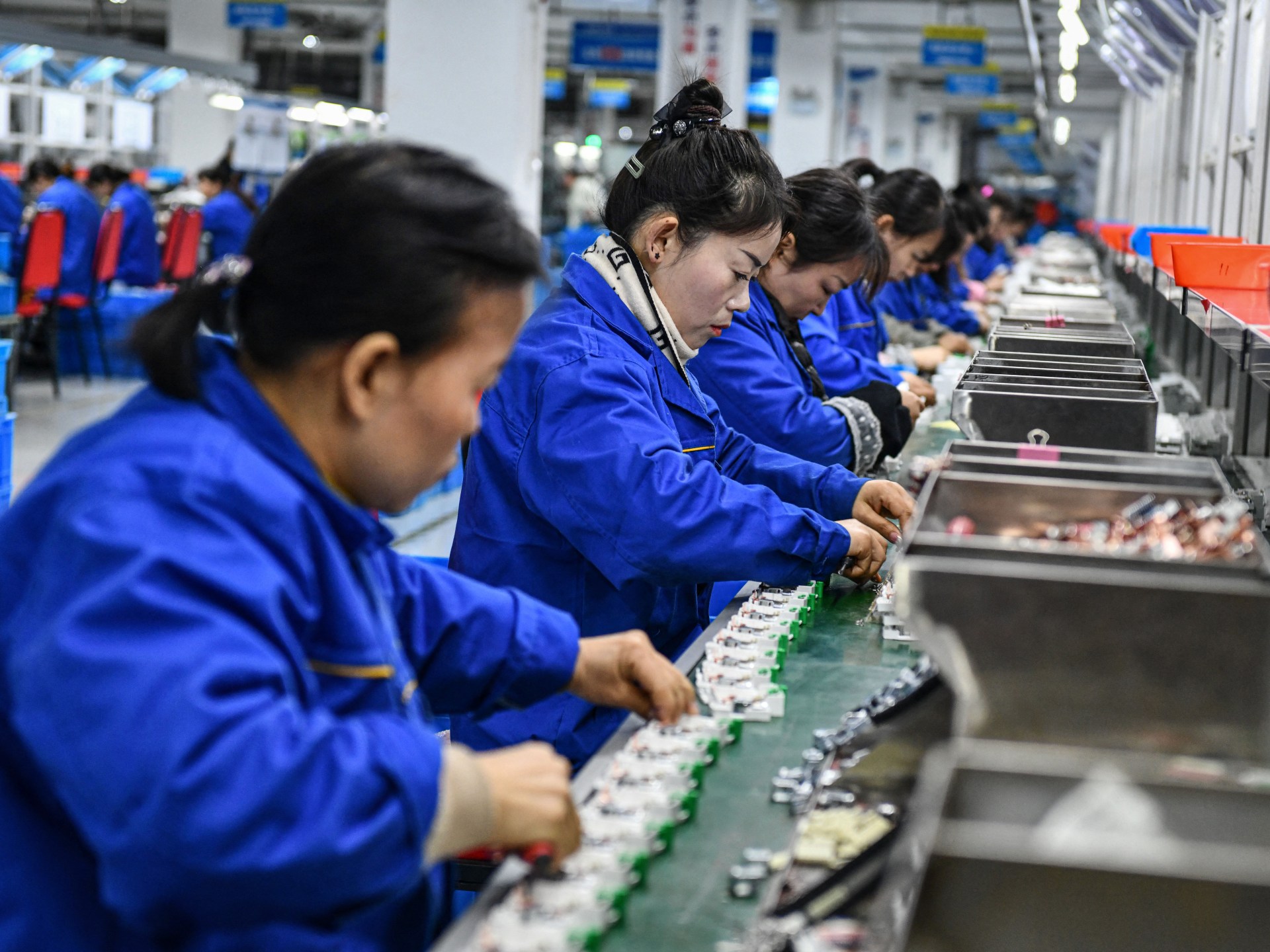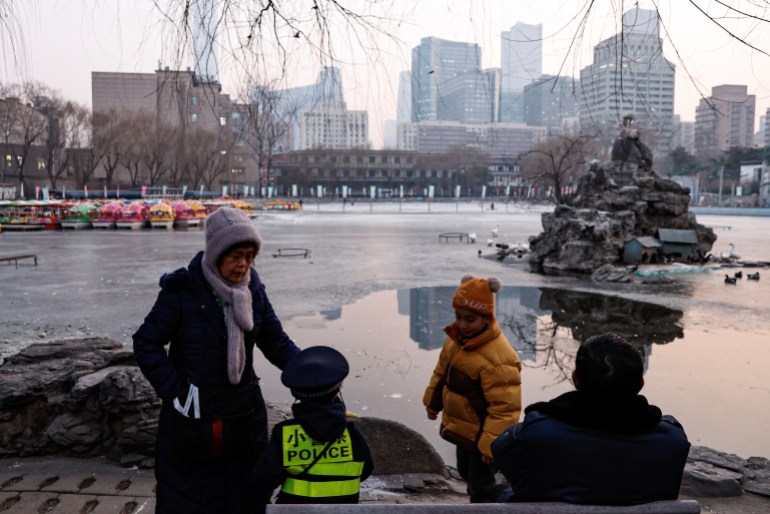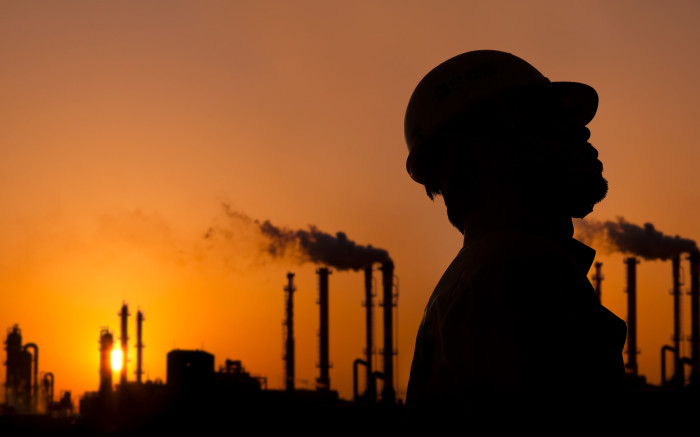
Official data shows GDP was 5.2 percent in 2023, meeting a government target, but the recovery appears uneven.
China’s economy grew by 5.2 percent in 2023, meeting the government’s official target. However, concerns about growth momentum remain amid an ongoing housing crisis, sluggish consumer and business confidence and weak global growth.
According to China’s statistics bureau, the gross domestic product (GDP) of the world’s second-largest economy also rose by 5.2 percent in the last three months of 2023 compared to the same period last year.
Kang Yi, the bureau chief, said the expansion was “hard-fought” and warned that the economy faces a complex external environment and insufficient demand through 2024.
In 2022, China’s economy grew by only 3 percent due to extended COVID-19 regulations related to the zero-COVID policy.
After the measures were lifted at the end of 2022, Beijing set a growth target of “around five percent” for last year.
After an initial recovery after the pandemic, the economy was weighed down by the ongoing crisis Crisis in the real estate market where authorities have tried to curb massive debt and speculation as well as record youth unemployment and a global downturn.
Exports – historically a key growth lever – fell last year for the first time since 2016, according to figures released by the Customs Department on Friday.
Geopolitical tensions with the United States and efforts by some Western nations to reduce dependence on China or diversify their supply chains have also weighed on growth.
Chinese officials are expected to release their 2024 growth target in March.
“No risk”
China is trying to lure back international investors who are increasingly skeptical of China’s growth story.
At the World Economic Forum in the Swiss resort of Davos, Chinese Premier Li Qiang said his country had achieved its economic target without resorting to “massive stimulus measures” and painted an optimistic picture of the situation.
He said China has “good and solid foundations for its long-term development” and that Beijing will “stick to its basic national policy of opening up to the outside world.”
Li described the decision to invest in China as “not a risk, but an opportunity.”
But there are many risks in the era of Chinese leader Xi Jinping.
There was widespread alarm last year after a series of raids on consulting and due diligence firms following the expansion of Beijing’s espionage law, while problems in the real estate market remain unresolved.
The industry has long accounted for about a quarter of China’s economy and has enjoyed rapid growth for two decades.
But financial problems at major developers like Evergrande and country garden Projects remained unfinished, buyers had to pay their money and prices fell.
The economy is also being strained Lack of jobs for the country’s young population.
According to official data, more than one in five people aged 16 to 24 were unemployed in China in May.
Beijing has since stopped releasing monthly youth unemployment figures.

China is also facing longer-term questions about its growth potential after announcing that its population fell for a second consecutive year in 2023, amid a record low birth rate and a Wave of COVID-19 deaths after the zero-COVID policy was abruptly repealed.
The National Bureau of Statistics said the total number of people in China fell by 2.08 million, or 0.15 percent, to 1.409 billion in 2023.
That was well above the population decline of 850,000 in 2022, which was the first since 1961 during the Great Famine of the Mao Zedong era.
Total deaths rose 6.6 percent last year to 11.1 million, with the death rate reaching its highest level since 1974, during the Cultural Revolution.
The number of new births fell 5.7 percent to 9.02 million and the birth rate was at a record low of 6.39 births per 1,000 inhabitants, compared to 6.77 births in 2022.





Recent Comments